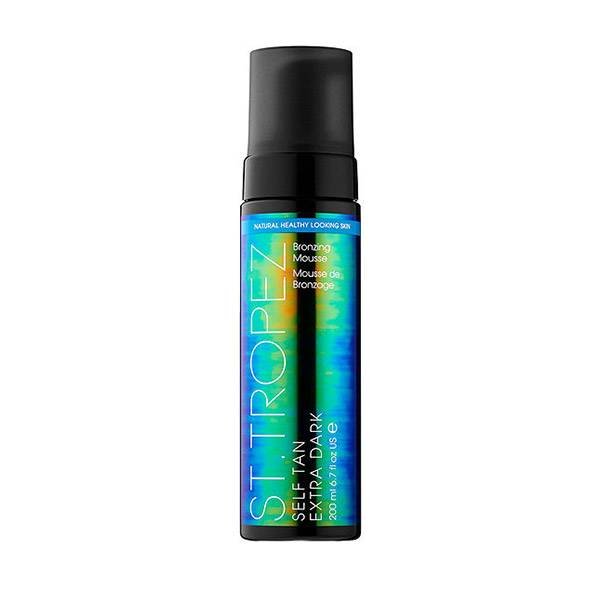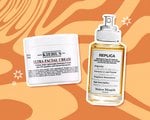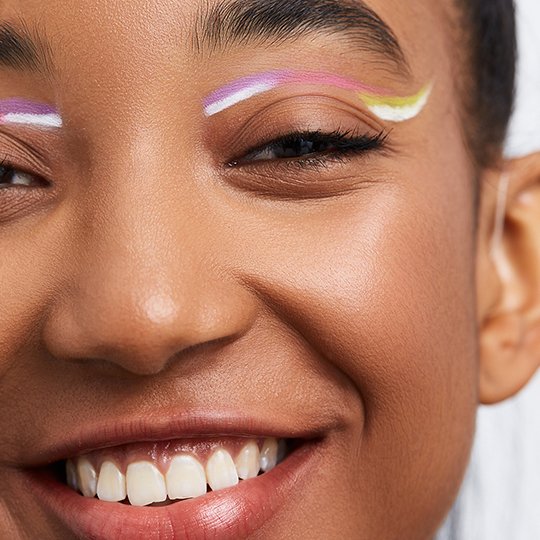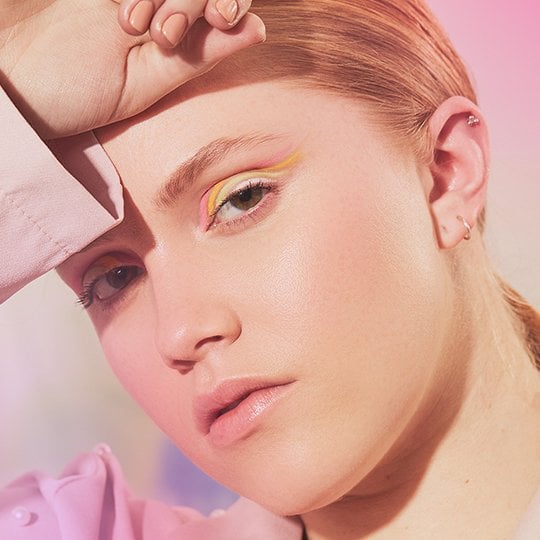An Insider’s Guide to Spray Tanning
August 31, 2018
As summer winds down and your glow fades away, it’s only natural to be *lowkey* sad that you won’t have that everlasting tan for the rest of the year — that is, unless you go for a sunless tan every so often. Spray tanning is one of our favorite methods of faux-tanning, and we guarantee it will become one of yours, too. Ahead, find everything you need to know about the glowy practice — and why it’s a lot easier and safer than you might think.
What is sunless tanning, and how does it work?
All sunless tanning formulas use an ingredient called dihydroxyacetone (DHA), which is a simple carbohydrate derived from beets and sugar cane. DHA reacts chemically with the amino acids in the skin to create a non-toxic browning effect.
Who discovered it?
In 1957, the tanning properties of DHA were discovered in a children's hospital where it was administered orally as a treatment of a childhood glycogen storage disease. Scientist Eva Wittgenstein noticed that brown spots developed where the DHA splashed on the skin. Research then continued on DHA's skin coloring effect in relation to treatment for patients suffering from vitiligo.
Is it safe?
Yes. DHA is not absorbed by the skin and is non-toxic. DHA has been FDA approved since 1973, and has been used in cosmetic preparations for almost 30 years.
Will it make me look orange?
Sunless tanning got a reputation for looking orange because the formulas had a very high percentage of DHA. Beauty brands were using 20-25 percent instead of the 5-14 percent that is commonly used now. If the percentage is too high for you, it will appear orange on your skin, no matter what product you use. Find a spray tan professional who knows the percentages of DHA in their formulas and is willing to customize the solution for you. For fair skin, you want about 5-7 percent, 8-9 percent for medium toned skin, and 10-14 percent for a deeper complexion.
How do I prepare?
Sunless tanning only affects the top layer of skin, so you want to remove as much dead skin as possible before, and then slow down your skin’s natural exfoliation after. Before your tan, you want to shave or wax and exfoliate lightly. Make sure you do your mani and pedis well after your tan (at least 6 hours!) — as you don’t want your hands or feet soaking in water right after your dan. On the day of your tan, avoid body moisturizer and oil, as well as any skin products that contain alcohol (perfumes, body spray). Wear loose clothing and avoid sweating or showering for 8 hours.

To maintain your tan, moisturize daily but avoid anything with mineral oil like Vaseline. Use a gentle liquid soap and don’t scrub or exfoliate! In order to keep your tan looking as good as new, apply a self tanner every so often like the St Tropez Extra Dark Tanning Mousse.
Are there any other questions or concerns that you have about sunless tanning? Sound off in the comments below!

















.jpg?cx=0.5&cy=0.5&cw=150&ch=120&blr=False&hash=13DE8EDEE0E1AF98CC5D704B05EC64EE)













